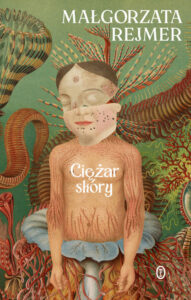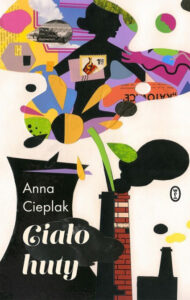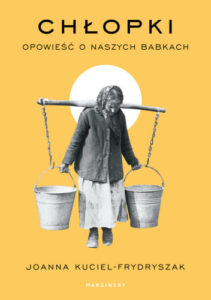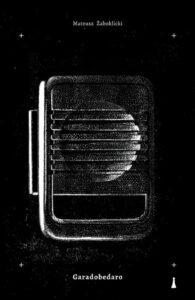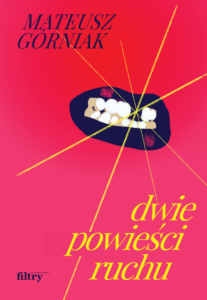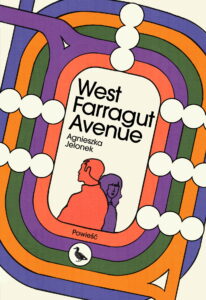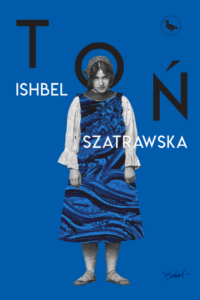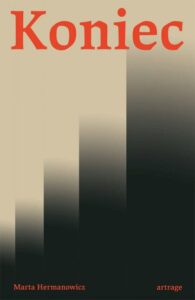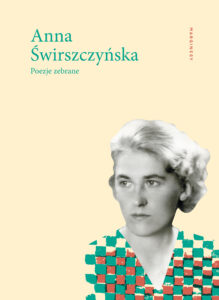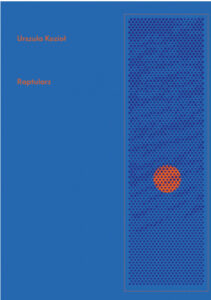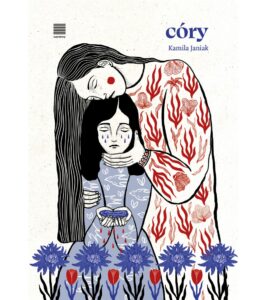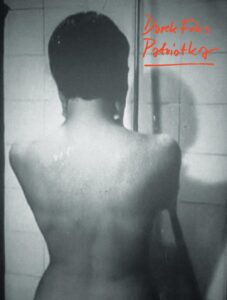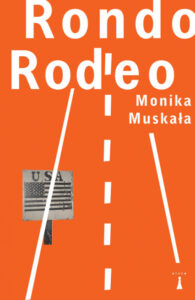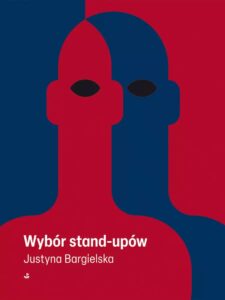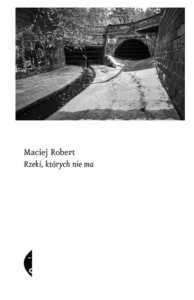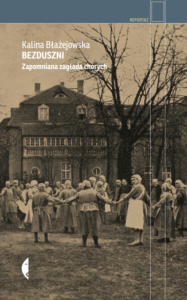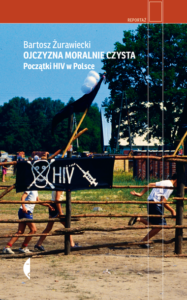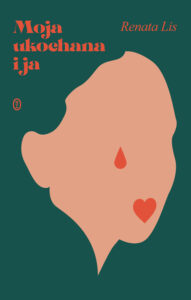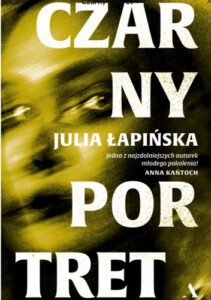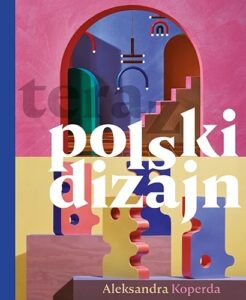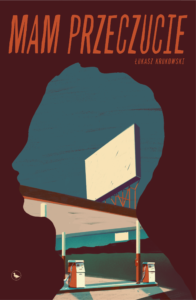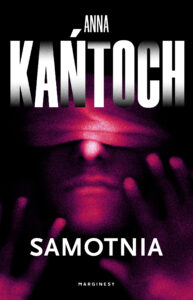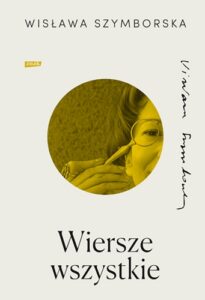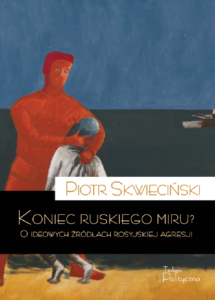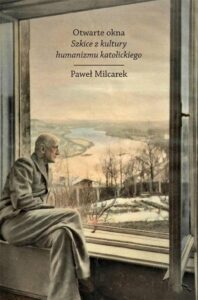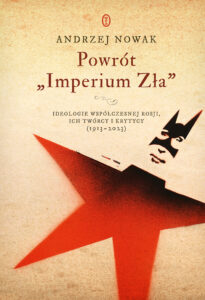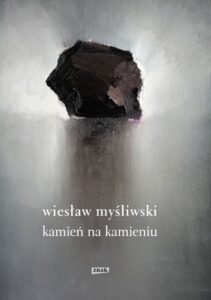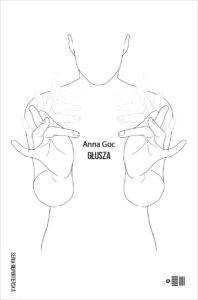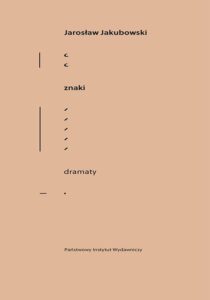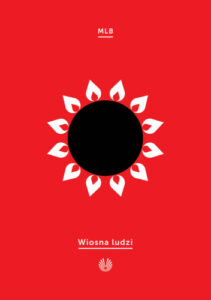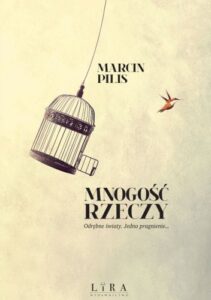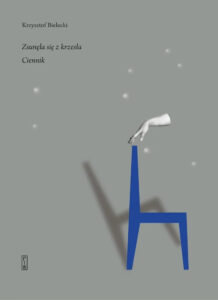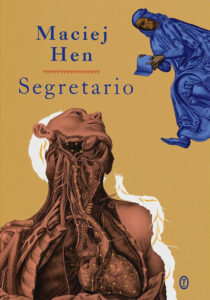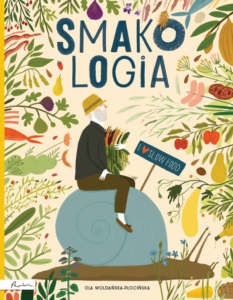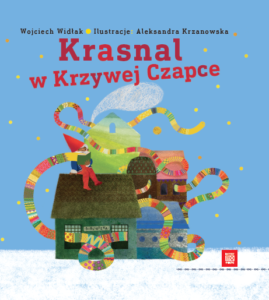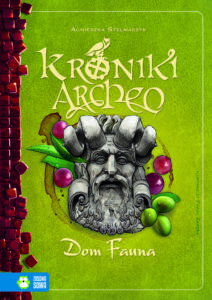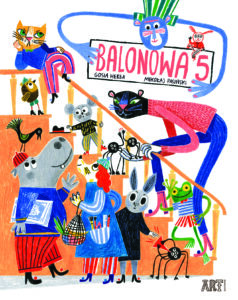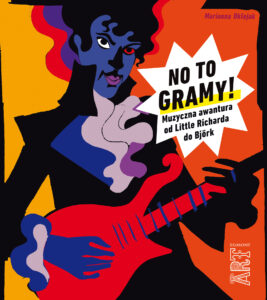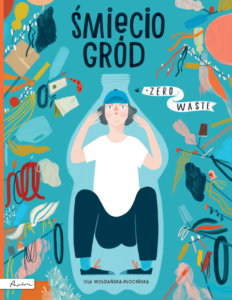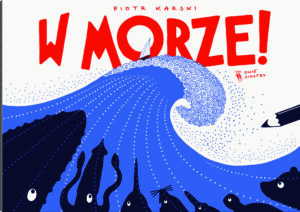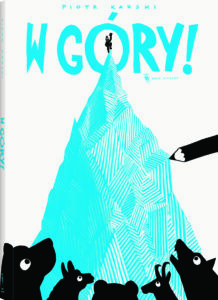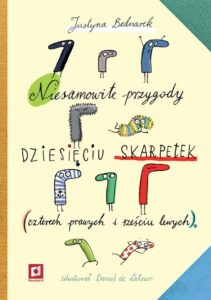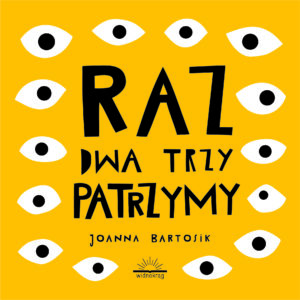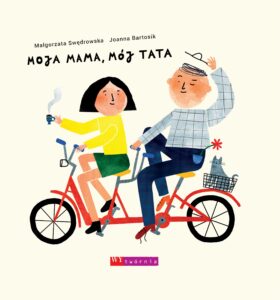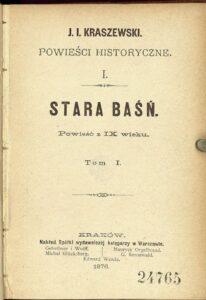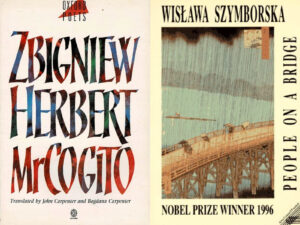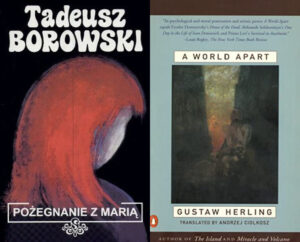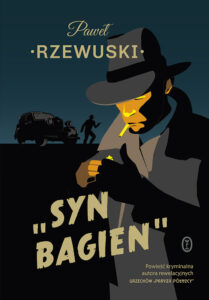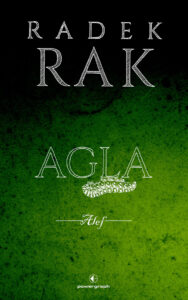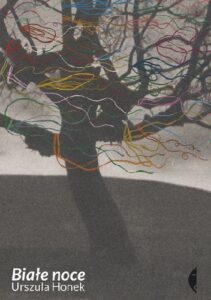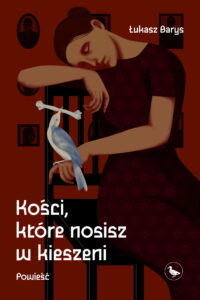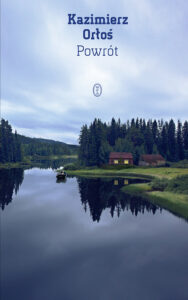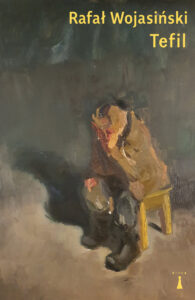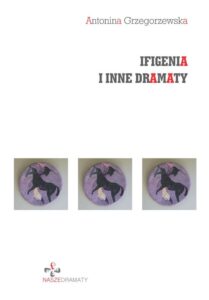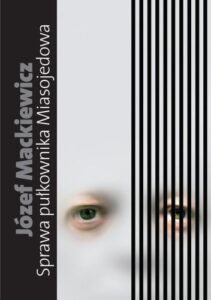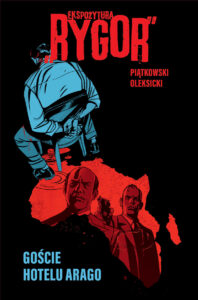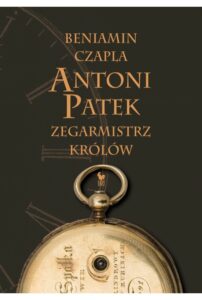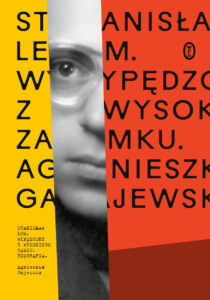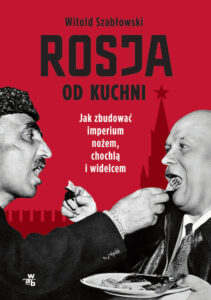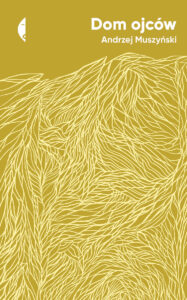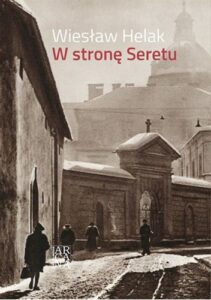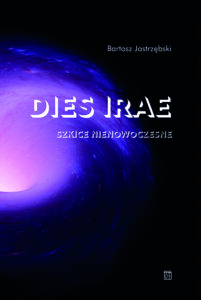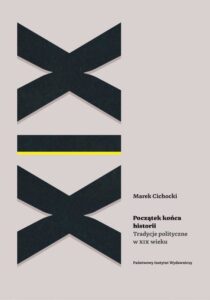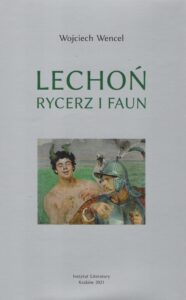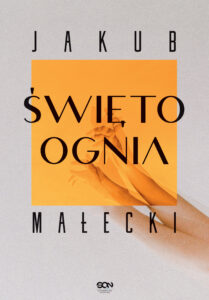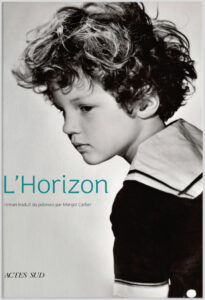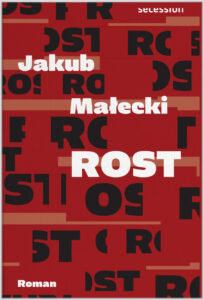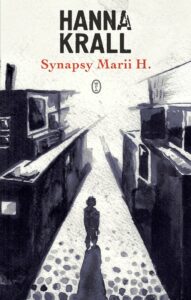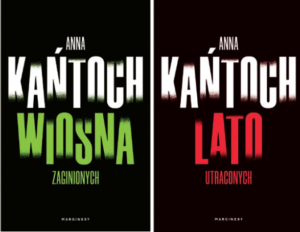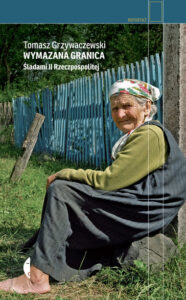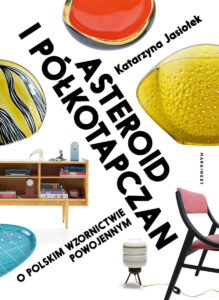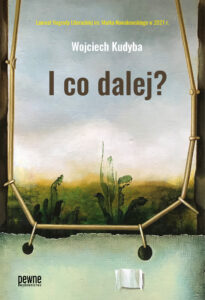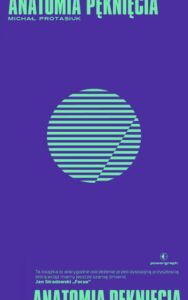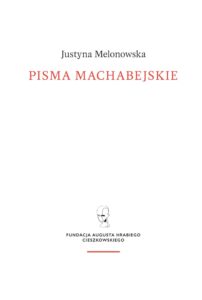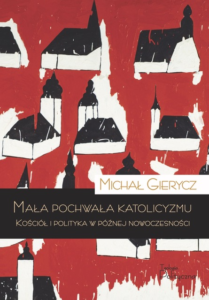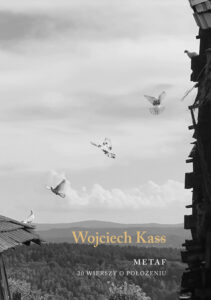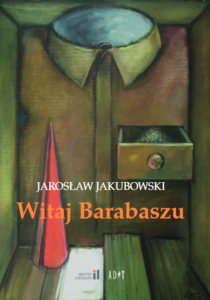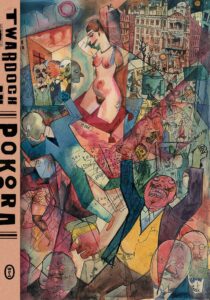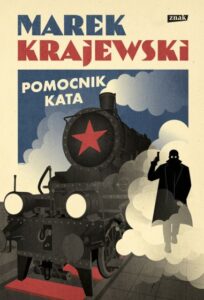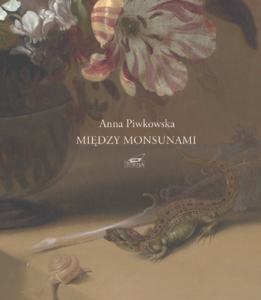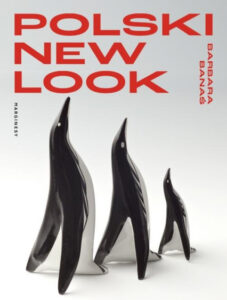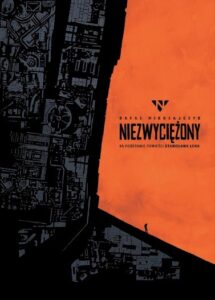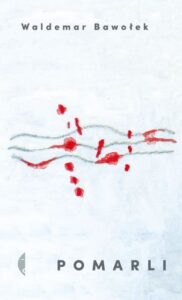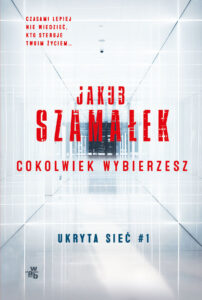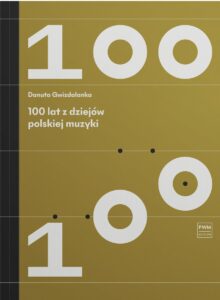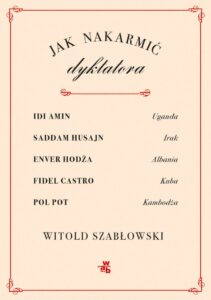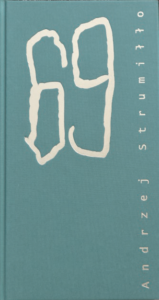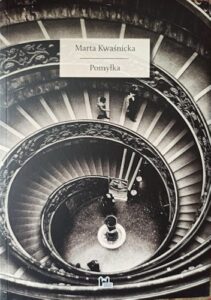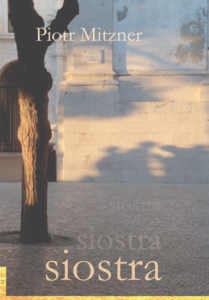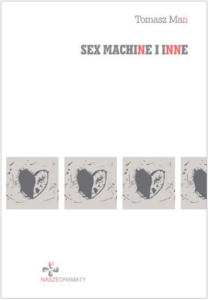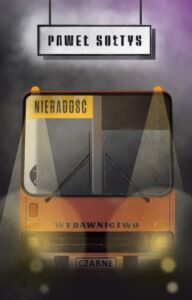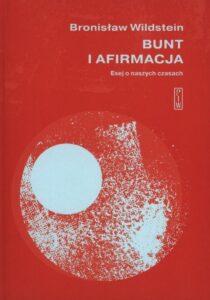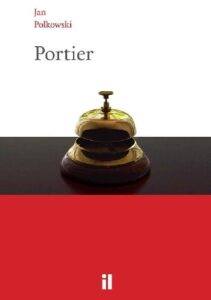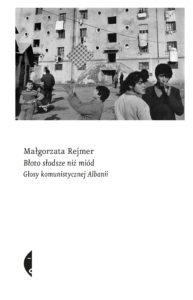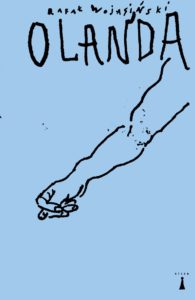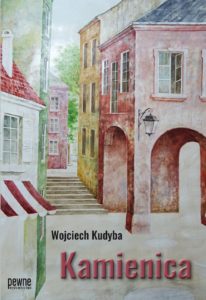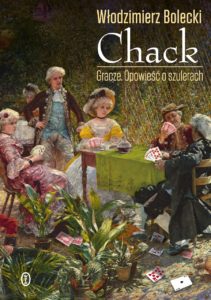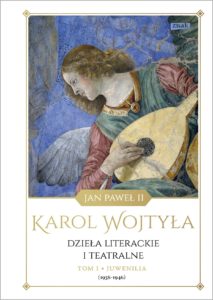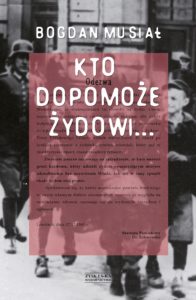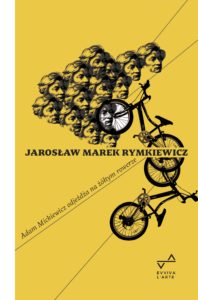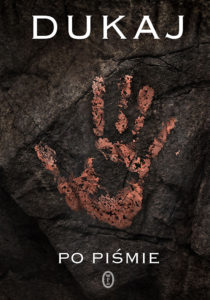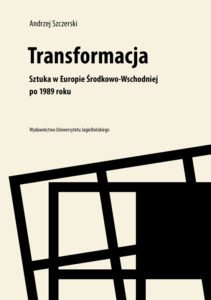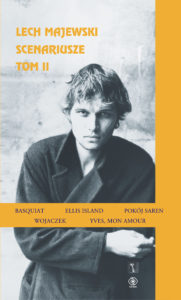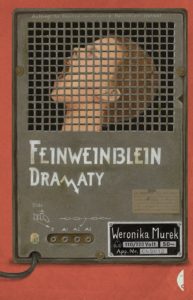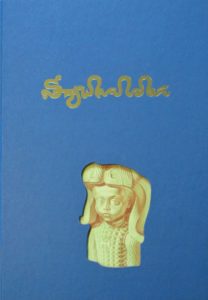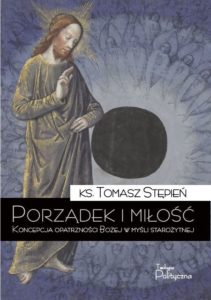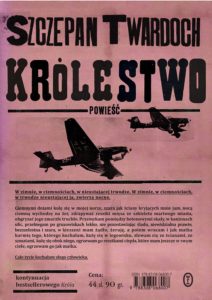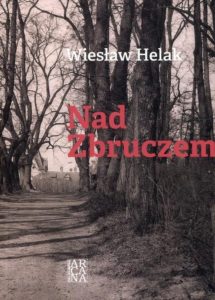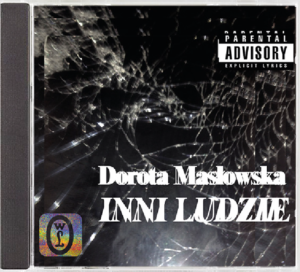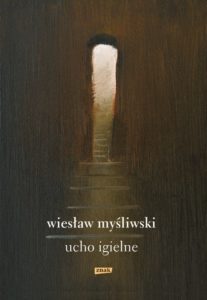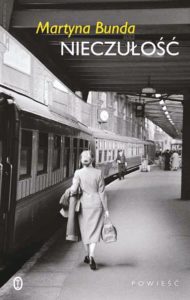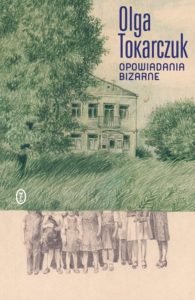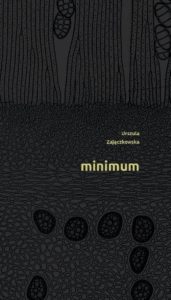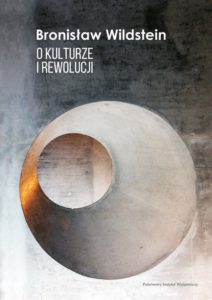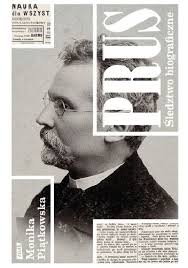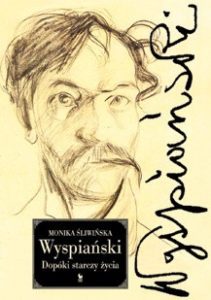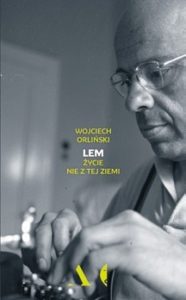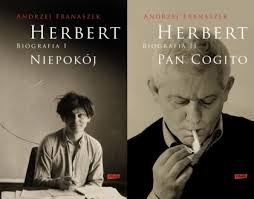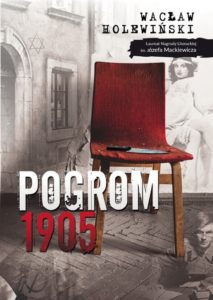An interesting, richly illustrated tale of designs made in Poland

The history of Poland’s cult wall-unit begins a little later. In early 1961, the Furniture Industry Association in Poznań and its Union of Polish Fine Artists held a competition: “Furniture for a Small Apartment”. In this case, it meant the M-4 flat: two rooms with a small kitchen and entrance hall, intended for four people. The participants’ task was to design furniture for the entire flat and to fit within a budget of 15,000 złoty (the average public-sector salary was 1,784 złoty).
Bogusława Kowalska recalls how, when her husband Czesław decided they would take part in the contest, they did not have a concept. In the end, they came up with the idea of the MK, ‘meble kasetonowe’ [‘panel furniture’] – one type of structure used to furnish the entire flat, the elements of which could fit together in any combination like building blocks. The panels were a kind of rectangular shelf mounted at different heights, onto which side panels were screwed. A panel could have open shelves, a door, or adaptors for attaching a fold-out bed, table or desk. The front would be colourful in the children’s room, white in the kitchen and more serious in the living room. The shops were short of metal fittings, so Czesław used screws meant for installing toilets, which because of their wing-nuts actually made it possible to assemble the furniture without any tools.
The designers submitted their competition entry at the last minute. To their surprise, the proposal passed the first stage and in July 1961 was selected as one of 10 models to be constructed. The next step was a display at Poznań’s “Spring 1962” National Fair, as part of the Second Industrial Design Fair. That was where the competition committee would pick the best entries. Each creator was given an area of the same dimensions as an M-4 apartment, which they were to furnish with their designs. Bogusława describes how Czesław was obliged to go away, leaving her by herself at the stand in Poznań. Looking at her neighbours’ classically furnished mock-ups and her own messy pile of pieces, she experienced a moment of doubt. But in the end, without much help, she managed to install the wall-unit.
“Some people discretely tapped their foreheads, making it clear they thought this wasn’t furniture. And that’s true – it isn’t furniture. They’re flaps you can screw together to make what you want, not traditional furniture like the stuff that’s fashionable again today – and which is, moreover, really beautiful. Of course, it’s so nice to sit on chairs at a big table in the middle of the room – it brings a family together. But back then, you couldn’t offer that. You had to make use of a very small area. Like in this photo: we’re sitting on armchairs; the table is folded out. At night you’d put the table away, then you could lie down and rest. The bar was right under your nose – so you could also have a little tipple before then.”
The Kowalskis were surprised to discover that they’d been awarded a first-place distinction (the actual prizes weren’t granted because no project kept within the required production costs). The other participants were no less surprised. The exhibition of the MK system at the Poznań Fair was a turning point for the Polish furniture industry.
Bogusława recalls their presentation of the MK system at the Fair as follows: “I borrowed […] our neighbour, […] who played the parents’ son at the trade fair; the parents were actors. The game was that they’d come into the flat, take off their coats, put the beds away, fold the sheets, open up the tables. And then he’d come in, as if returning from school, he’d take out his books, set up the desk. They showed how you could live there, all day long.” A rather unorthodox method, it has to be said, but it did show off all the secrets of the new type of furniture.
“[…] His [Czesław’s] idea turned out to be exceptional. It contained a kind of structural joke. It’s completely by chance that we were the ones to come up with it and do something totally different to the others – it’s a kind of uniform for an apartment, which you could decorate with different buttons, tack on what you wanted. But we didn’t win the prize for the idea alone – we also kept within the budget. The estimate only slightly exceeded the guidelines and our design was suitable for cheap production. Incidentally, the factories then had a problem because Kowalski Furniture was actually too cheap when it came to manufacturing, which basically meant you couldn’t make any money out of it. A sort of paradox of the socialist economy.”
Excerpts translated by Zosia Krasodomska-Jones
An interesting, richly illustrated tale of designs made in Poland

Translation rights: Marginesy, k.rudzka@marginesy.com.pl
Industrial design, like clothes and hairstyles, goes through changing trends. Something that was once widely considered innovative and genuinely interesting quite quickly becomes boring and outdated. But – as in fashion – every now and then there comes a wave of popularity for earlier, tried and tested solutions.
Over the last few years, we’ve witnessed the great comeback of design from the 1950s and 60s. In Poland’s case, this era was marked by an additional factor, namely that projects were conceived within the system of a centrally-controlled economy and censorship. The period of the Polish People’s Republic didn’t foster creative freedom, nonetheless – as the author of this book shows – the fruits of artists’ work from this time deserve close attention.
The book is a cross between a richly illustrated album and an interesting tale of designs made in Poland. Jasiołek doesn’t present them in chronological order but tries to show what it was like to work as a designer in a country where everything was in short supply and those shortages had to be constantly concealed. Designers had to demonstrate inventiveness and predict all the potential uses of the furniture, tools or homeware they created. Yet what seems to matter most in this book is the fact that artists never gave in to the temptation to neglect their work. And although manufacturing in communist countries was poor, the quality of industrial design was very high.
Thanks to its clear layout and well-written story, Asteroid and Wall-Bed presents readers with items created in Poland in the second half of the 20th century, while also explaining how, by whom and for whom they were designed. As a result, for many people it may serve not just as a source of information but of inspiration as well.
Juliusz Gałkowski
Translated by Zosia Krasodomska-Jones
Selected samples
She climbed her first peaks in a headscarf at a time when women in the mountains were treated by climbers as an additional backpack. It was with her that female alpinism began! She gained recognition in a spectacular way. The path was considered a crossing for madmen. Especially since the tragic accident in 1929, preserved … Continue reading “Halina”
First, Marysia, a student of an exclusive private school in Warsaw’s Mokotów district, dies under the wheels of a train. Her teacher, Elżbieta, tries to find out what really happened. She starts a private investigation only soon to perish herself. But her body disappears, and the only people who have seen anything are Gniewomir, a … Continue reading “Wound”
A young girl, Regina Wieczorek, was found dead on the beach. She was nineteen years old and had no enemies. Fortunately, the culprit was quickly found. At least, that’s what the militia think. Meanwhile, one day in November, Jan Kowalski appears at the police station. He claims to have killed not only Regina but also … Continue reading “Penance”
The year is 1922. A dangerous time of breakthrough. In the Eastern Borderlands of the Republic of Poland, Bolshevik gangs sow terror, leaving behind the corpses of men and disgraced women. A ruthless secret intelligence race takes place between the Lviv-Warsaw-Free City of Gdańsk line. Lviv investigator Edward Popielski, called Łysy (“Hairless”), receives an offer … Continue reading “A Girl with Four Fingers”
This question is closely related to the next one, namely: if any goal exists, does life lead us to that goal in an orderly manner? In other words, is everything that happens to us just a set of chaotic events that, combined together, do not form a whole? To understand how the concept of providence … Continue reading “Order and Love”
The work of Józef Łobodowski (1909-1988) – a remarkable poet, prose writer, and translator, who spent most of his life in exile – is slowly being revived in Poland. Łobodowski’s brilliant three- volume novel, composed on an epic scale, concerns the fate of families and orphans unmoored by the Bolshevik Revolution and civil war and … Continue reading “Ukrainian Trilogy: Thickets, The Settlement, The Way Back”
